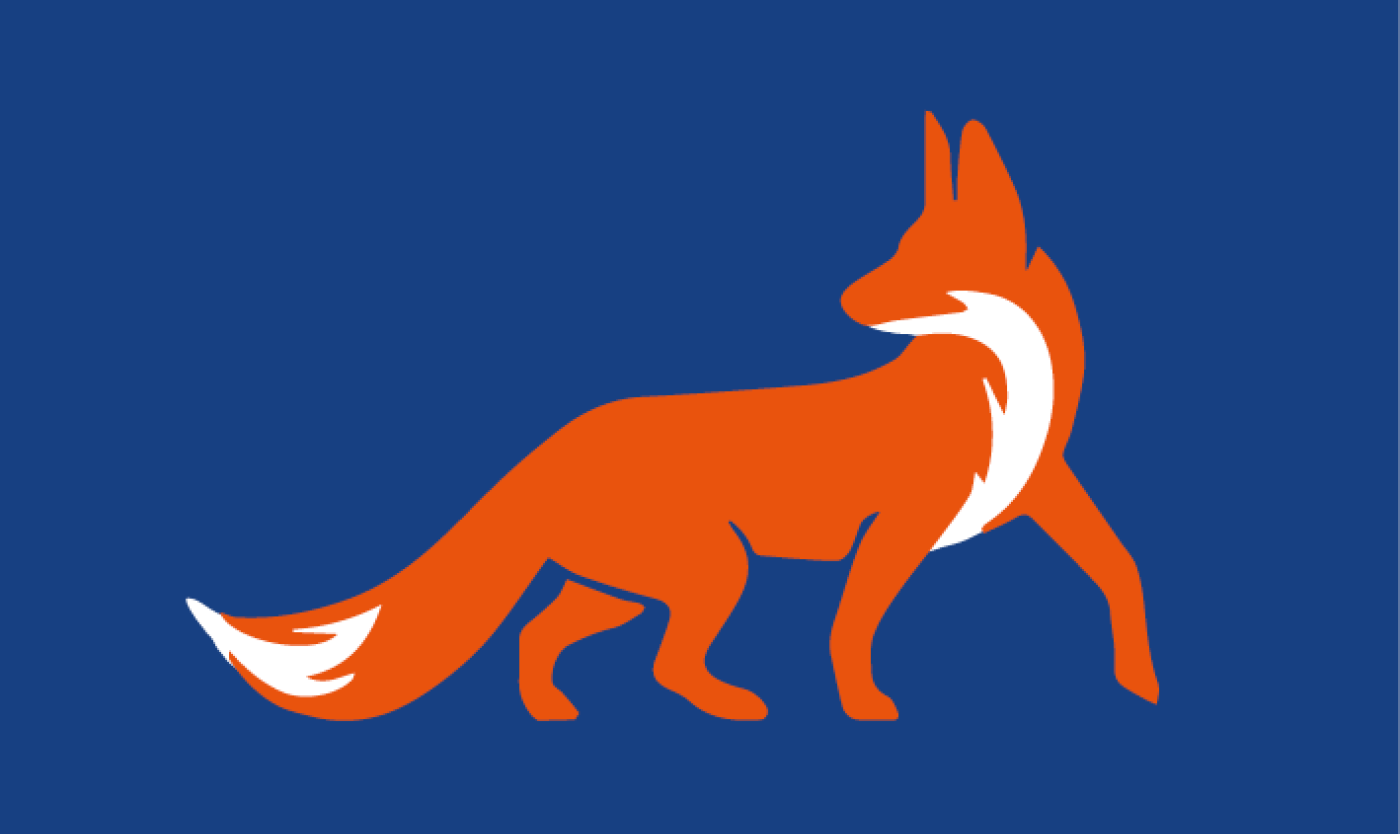Pest control partners
The fox (Vulpes vulpes) is the most widespread predator species on our planet. In Western Europe it has long suffered intense persecution from hunters and people leaving out poisoned meat in a bid to kill it. Now that these harmful activities have been curtailed, foxes are gradually returning, not only to the wild and to the countryside, but also, strangely enough, to our cities. In Belgium, the phenomenon of the urban fox originated in Brussels. The first Brussels foxes were spotted in the early 1980s in Haren and Neder-Over-Heembeek and in the municipalities around the Sonian Forest.

The number of Brussels foxes has increased dramatically over the years and they are now found all over the region. Their behaviour is changing too. In recent years, they have been living closer to humans and have become less shy. The fox is an intelligent animal, and it is very good at assessing situations and people. So, today not only are there more foxes, but you also see them more often, which makes their population seem even bigger.
Fortunately, foxes are not dangerous or aggressive. A cat in a garden will still be more dominant than a fox. A fox will therefore never attack a human or pet. The city foxes here in Brussels are very healthy, so there is only a small risk of them transmitting diseases. Rabies, for example, is no longer present in Belgium.
Foxes don’t choose where to live by the availability of food in the area, as these animals eat almost everything - all sorts of fruits and insects, but also mice and rats, which are a huge nuisance in an urban environment. A fox will not say no to chicken, but as long as your chicken coop is closed off at night, your animals should be safe.
The VUB campus is not only home to the fox, but also the stone marten. This predator has recently also adapted to a life closer to humans. Just like the fox, the marten comes out at night and likes to eat mice and rats. He is therefore part of the group of natural organisms that clean up the campus and keep it liveable.

